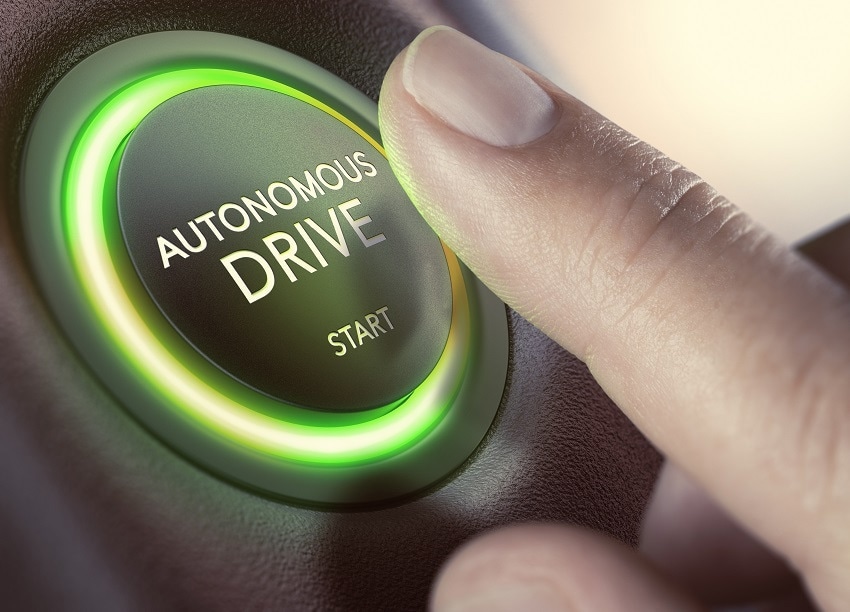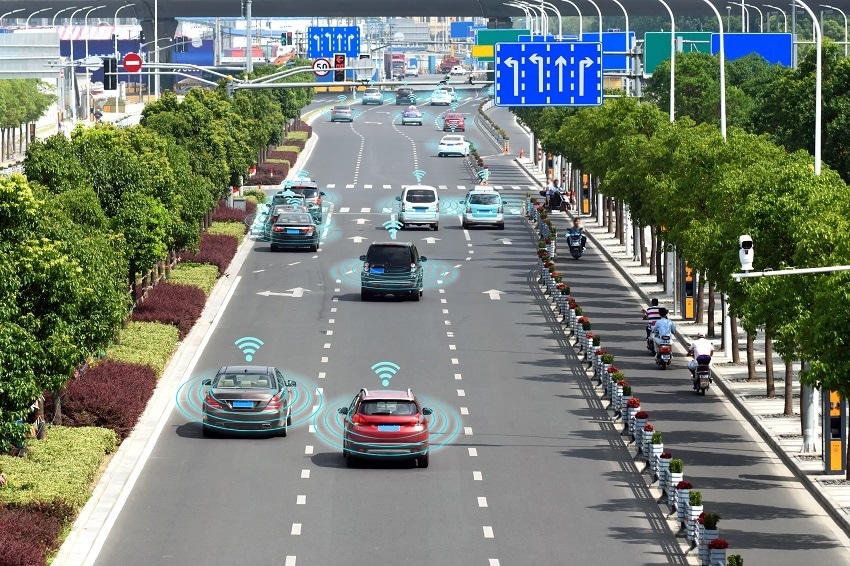
Image Credit:Shutterstock/OlivierLeMoal
The Uber Self-Driving Crash: How This Incident Raised Safety Concerns
On March 24, 2017, the driver of a Honda CRV, who was unable to see all three lanes of approaching traffic, made a left turn that struck a self-driving Volvo run by Uber in Tempe, Arizona1. The Uber vehicle then struck a light pole, rolled onto its side and hit two additional cars on the other side of the intersection.
Although this incident was said to be a result of a system that was unprepared for computer-operated vehicles, no serious injuries resulted from the collision, which did not prompt Arizona state officials to review the incident
Unfortunately, a second self-driving Uber collision occurred on March 18, 2018, again in Tempe, Arizona, which, despite having a back-up driver present in the vehicle, struck and killed a female pedestrian who was walking outside of the crosswalk2.
This was the first known death of a pedestrian being struck by an autonomous vehicle on public roads, which as since led Uber to temporarily discontinue its use of autonomous vehicles in Tempe, as well as other cities in the United States including San Francisco, California and Pittsburgh, Pennsylvania.
As more details of this tragic incident are emerging, the public concern on the safety and practicality of automatic vehicles (AV) has continued to rise.
The Mission of Self-Driving Vehicles
In 2016, the United States documented 37,461 fatalities that resulted from motor vehicle accidents, which averages at 102 deaths every day. In fact, according to the World Health Organization (WHO), 1.2 million fatalities are due to traffic accidents3.
Aside from the deaths associated with vehicle crashes, it is estimated that over 2 million people are injured every year during these incidents.
Although the use of seat belts and ubiquitous airbags have dramatically improved a person’s chance of survival in car accidents, there remains an urgent need to continue to improve the culture of automotive safety.
The development of AV technology has been estimated by researchers to reduce these fatalities by up to 90%, which, in 50 years, could potentially save the lives of 50 million people around the world.
Ensuring Safety in the Driverless Car Resolution
One of the major limitations of implementing the widespread adoption of driverless cars is due to the inability of individuals to relinquish their power of control and responsibility behind the wheel.
To further understand how AVs ensure safe operation of the vehicles, General Motors (GM) breaks down this technology in three main elements that include (1) Perception, (2) Planning and (3) Controls.
- Perception: AVs are equipped with a vast supply of sensors that monitor its external environment and transfer this information to the main computer. These sensors precisely detect and classify objects according to their location, speed and direction in relation to the vehicle while it is in motion. If the view is blocked for some reason, unknown areas surrounding the vehicle will be flagged and the decision-making and performance of the vehicle will adjust accordingly.
- Planning: This aspect of AV technology determines the vehicle’s behavior by taking the road rules and planned routes into consideration throughout the vehicle’s travel time. To optimize the efficiency and safety of the vehicle, this technology identifies several different paths to make the best decision for the overall safety of the passengers.
- Controls: The final path from Planning is converted into commands that control the steering, throttle, braking and driving ability of the system. This allows for full control on the maneuvering of the vehicle to exhibit an outstanding stability and traction4.
In addition to these aspects of the AV, a critical component of self-driving vehicles involves the light-detecting and ranging (LIDAR) sensor that utilizes millions of lasers to create a real three dimensional (3D) model of the environment surrounding the vehicle.

Image Credit:Shutterstock/Zapp2Photo
High definition cameras that are incorporated into and around the AV also play a crucial role in reading signs and signals as the car is traveling.
Each aspect of the AV technology allows for a constant collection of data by the vehicle, as well as by the automotive company, to be stored and incorporated into future autonomous trips.
Regulation of Autonomous Vehicles
In 2016, the United States Department of Transportation (USDOT) published a 116 page document that evaluated the improved sustainability, productivity and accessibility that self-driving vehicles could bring to the market.
In fact, even President Obama anticipated the ability of AVs to save tens of thousands of lives each year in the United States, as well as allow senior citizens and individuals with disabilities to comfortably travel when it is not always possible.
Additionally, in September of 2017, the USDOT and the National Highway Traffic Safety Administration (NHTSA) updated the AV guidelines to address regulatory concerns on these vehicles5.
In 2017, the National Association of City Transportation Officials (NACTO) created a Blueprint for Autonomous Urbanism that recommended that fully autonomous vehicles should not travel at speeds that exceed 25 miles per hour (mph) to ensure the utmost safety of both the passengers in vehicles and pedestrians during their operation.
The Future Direction of AVs
For the near future, it is not expected that all vehicles on the road will be fully autonomous just yet. Although these vehicles are expected to overcome accidents that result from human error, a considerable amount of research and analysis on the efficiency of these vehicles to rapidly respond to unexpected situations on the road must still take place.
References
- “Here’s what happened in Uber’s self-driving car crash” – USA Today
- “The First Pedestrian Has Been Killed by a Self-Driving Car. Now What?” – City Lab
- “Self-Driving Cars Could Save 300,000 Lives Per Decade in America” – The Atlantic
- “2018 Self-Driving Safety Report” – General Motors
- “Are self-driving cars safe for our cities?” – Curbed
Disclaimer: The views expressed here are those of the author expressed in their private capacity and do not necessarily represent the views of AZoM.com Limited T/A AZoNetwork the owner and operator of this website. This disclaimer forms part of the Terms and conditions of use of this website.